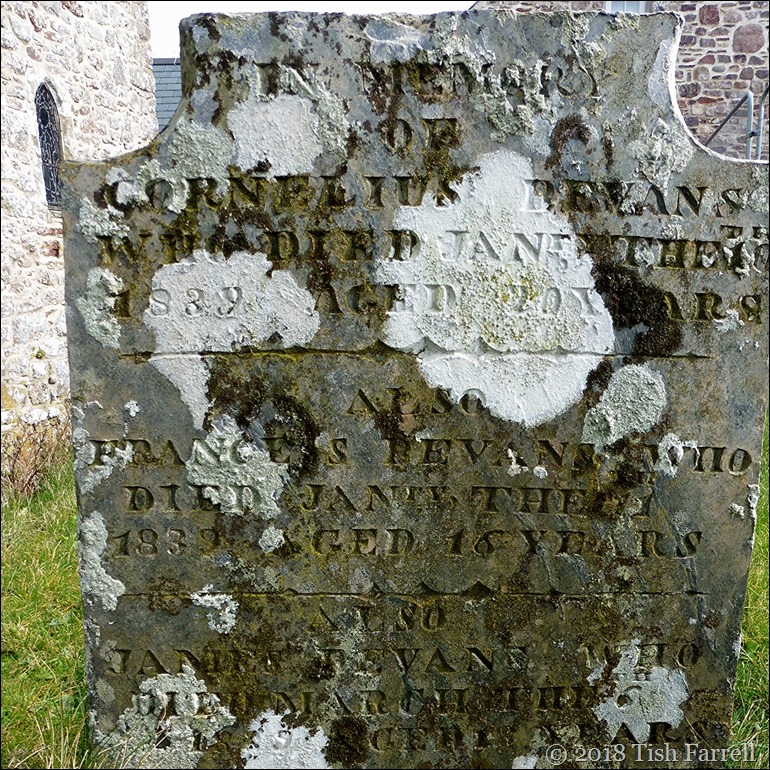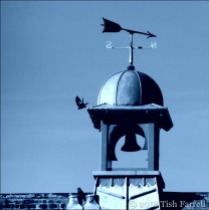I know many people do not care for them, but I like graveyards. In my teenage years many moons ago we lived next to one – an unassuming village sort with a few brooding yews and a small plain church presiding. It had one tunelessly doleful bell which was very trying to the nerves of us Ashfords come Sunday morning. My father, who was a godless soul as far as I know, took to mowing the grass around the nextdoor graves. This was after he had deeply offended the vicar by mowing our own lawn during evensong.
Pa was deaf and had switched off his hearing aid and so presumably had missed the Sunday evening bell tolling, although this is hard to believe. Anyway, around seven on a summer’s evening he was happily whizzing over the grass with a very noisy flymo only to be fruitlessly hallooed over the church wall by the vicar who had worked himself up into a whirlwind of white cassock.
I think it was me who spotted the poor man waving his arms, trying to catch Pa’s attention. It was a bit embarrassing. Ma tut-tutted. We all knew that Pa was a bit obsessive-compulsive when it came to grass-mowing. But all was smoothed over in the end.
Anyway, to get back to graveyards. Here I am posting some photo details of St. Bride’s churchyard memorials (See earlier post The Little Church By The Sea.) I’m including them for a very important reason. While we were away at St. Bride’s I happened to read an article by Harriet Carty in April’s The World of Interiors magazine. Harriet Carty is an environmental scientist who lives in Shropshire and she is also director of a non-religious charity called Caring For God’s Acre. My interest was thus piqued on several fronts. This is what the organisation says about itself and what it does:
There are about 20,000 burial grounds in the UK and they contain a fantastic wealth of biodiversity and history. They are refuges for wildlife and stepping stones of habitat within our increasingly nature deprived landscape.
And…
Burial grounds are unrivalled for the wealth of built heritage and social history they contain. We encourage appropriate management of heritage and the appreciation and surveying of monuments. Good management of a site creates a haven for wildlife without losing accessibility to the built heritage.
In the article Harriet also mentions lichens in particular, saying how churchyards provide sanctuaries for one third of the 2,000 species found in Britain – the stone walls and memorials being ‘ideal hosts for these slow-growing colonies.’




I don’t know much about lichens, apart from their presence indicating unpolluted air, but I would say there are a good few species on these stones. Of course lichens are not the only life forms to have found protecting spaces in graveyards. There may be slow worms, voles, nesting birds, toads, bees and butterflies. There’s also the social history too. So much may be gleaned about past communities from their memorials. Over the next four years Caring for God’s Acre will establish a national data base, listing all the natural and man-made treasures in the nation’s burial grounds. A fascinating project. But most of all I find it very heartening that new life thrives on and around the monuments to those humans who have left the living world. I like it that even on ground dedicated to the dead, the circle of life turns ever on.
Squaring the Circle #March22 Circles in squares and squares in squares are happening all month over at Becky’s
In which #SixGoPottyInPembrokeWithCockapooPuppy – holiday snaps #4
copyright 2018 Tish Farrell






















































